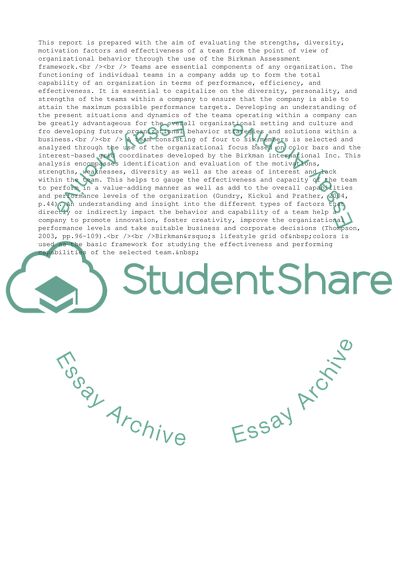Cite this document
(Organizational Behavior: The Birkman Method Term Paper, n.d.)
Organizational Behavior: The Birkman Method Term Paper. Retrieved from https://studentshare.org/management/1666457-birkman-team-strengths-reflection
Organizational Behavior: The Birkman Method Term Paper. Retrieved from https://studentshare.org/management/1666457-birkman-team-strengths-reflection
(Organizational Behavior: The Birkman Method Term Paper)
Organizational Behavior: The Birkman Method Term Paper. https://studentshare.org/management/1666457-birkman-team-strengths-reflection.
Organizational Behavior: The Birkman Method Term Paper. https://studentshare.org/management/1666457-birkman-team-strengths-reflection.
“Organizational Behavior: The Birkman Method Term Paper”, n.d. https://studentshare.org/management/1666457-birkman-team-strengths-reflection.


